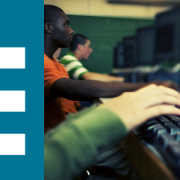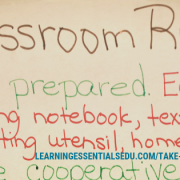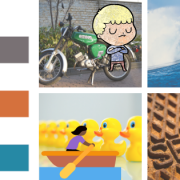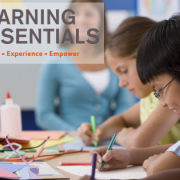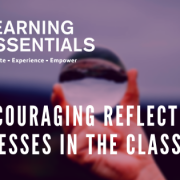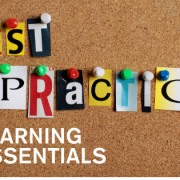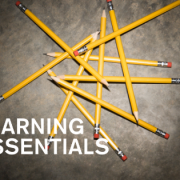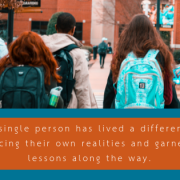Blended Learning in the Classroom Pt. II: Considerations
As much as the education world has recently held blended learning (BL) practices in high regard, there are several considerations and key pointers that teachers should be aware of prior to designing units or lessons using BL.
- Blended learning rotations and activities should likely not be used as an everyday structure. The idea behind the rotations is to allow students to dig into the content, concept, or topic more indepthly, at an individualized level, with personal pacing and options for student choice using technology. As ideal as this all sounds, there are occasions or lessons that would not necessarily work well with small groups or multiple activities going on at once. A good rule of thumb is to try one set of blended learning rotations per unit. This means that, while students are learning about subjectivity and objectivity, like in our last blog post, they will really only complete one full BL lesson during that unit. This amounts to roughly 3-4 days of class throughout a 2-3 week period.
- Another critical aspect of using blended learning effectively involves ample planning and preparation. In essence, blended learning requires teachers to plan multiple lessons, including the use of various texts, activities, practices, methods, and technologies. When initially planning, it will seem like you are doing three times the work—because you are. The payoff for the advanced planning and organizing is that, after a few times practicing rotations and getting used to the structures and procedures, student groups begin to run like independent, well-oiled machines.
- Teachers should also be advised that, since students are working at their own pace, many students may find themselves with “down time” from completing the work swiftly. Because of this, it is beneficial to have a list of bonus activities, practices, and teacher-approved websites that students can work on if they finish a rotation early. The key is to make sure that students know where these “bonus” materials are, how to access them, and what to do with them so that there is no need to interrupt while the teacher is meeting and working with the small-group rotation.
- An additional consideration for planning involves provisioning for the rotations. Yes, this will require more time in advance to gather, sort, organize, and set up the necessary materials for each station/rotation. However, once everything is good to go, teachers will find that students are primarily independent throughout the duration of the non-teacher led stations. It is a good idea to keep writing utensils, extra handouts, sticky notes, highlighters, and any other frequently used materials in plain sight where they are accessible to students. Again, this prevents students from interrupting the teacher-led small-group session.
- Consider setting general ground rules for blended learning days. Frontloading these procedures and getting students acquainted with the routines and expectations will keep rotations running smoothly.
- Remind students that you will not sign passes during rotations unless it is a true emergency.
- Inform students that there should be no talking, except during collaborative activities in stations.
- Think about setting up a question board or box so that students who are working in the independent rotations can write down a question that they will plan to ask you later.
- Determine whether you want students to have the option to listen to music with headphones during the independent rotation. If not, make that clear and put headphones away when they are not necessary for the stations.
- Set visible timers, perhaps on the Promethean board, for days when students will complete multiple rotations and make a plan for what students should do if they are unable to finish in the designated time.
- Set up a designated submission policy or turn-in bin for completed work so that students can be responsible for getting their completed work in the right place.
